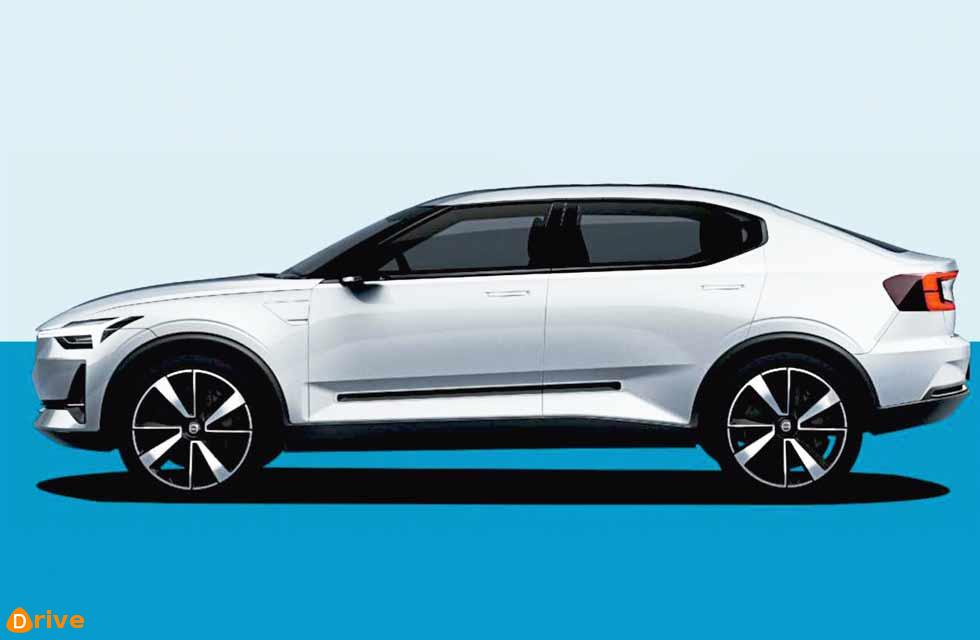Volvo’s senior design team on where they – and sub-brand Polestar – go from here. By Gavin Green.
Volvo will launch two new electric cars this year, starting with its £40,000 Polestar 2 sports saloon, rival to Tesla’s Model 3. Like the new electric XC40 that follows, the Polestar 2 will use Volvo’s small-car CMA platform.

The move to electrification – and autonomy – provides new-found possibilities, as the brands’ three most senior designers, Thomas Ingenlath, Robin Page and Maximilian Missoni explained to CAR in Stockholm. The trio have prioritised ‘clean Scandinavian design’ inside and out, as Volvo moves to greater electrification. From 2019, all new Volvos launched will be either hybrid or electric – the first ‘mature’ car maker to make this move. Five fully electric new cars, including two Polestars, will be launched between 2019 and 2021.
‘Electric cars give us exciting opportunities,’ says design chief Ingenlath, now also CEO of premium sub-brand Polestar. ‘The lack of an engine, more compact powertrains and smaller radiators can mean sleeker front styling and roomier cabins. Underbodies will also be cleaner. This improves the aerodynamics, crucial for driving range.’
He says Polestars will be more boldly designed than Volvos. ‘Volvo has a design history defined by comfort, safety, practicality and risk-free nature. Polestar is not bound by [this]. Polestars will be designed more around the individual, and be more progressive and performance oriented.’
On the Polestar 2, due for launch at the Geneva motor show in March, expect design cues from Volvo’s Concept 40.2, shown in 2016. The Polestar 1, revealed in 2017, was based on 2013’s comely Concept Coupe. The Polestar 3 will be a large SUV, likely in 2021. Apart from Polestar 1 – a plug-in hybrid – all new Polestars will be fully electric.
Page was formerly Volvo interior design boss, and now assumes day-today responsibility for Volvo design, reporting to Ingenlath. The Brit confirms that when autonomous cars arrive, car design can fundamentally alter. Volvo’s recent 360c concept (above) previews radical options that include a cabin reconfigurable as a bedroom, mobile office or living room. ‘Potentially removing the steering wheel, pedals and conventional seats brings radical possibilities,’ says Page.
Volvo is working closely with Uber and plans to supply it – and other autonomous fleet operators – with self-driving cars, probably by the mid-2020s. ‘Potentially we’d build two different types of car,’ says Page. One would be for self-driving car operators, where Volvo supplies hardware, including client-specific steering-wheel-free cabins. The fleet operators would add their own self-driving software.
New Volvos sold to private customers could have different styling and cabin design including probably an ‘occasional’ steering wheel for when owners wish to take control.
Volvo also recently announced a deal to develop driverless cars in collaboration with Baidu, the Chinese search engine and software giant.
It’s set to be a radical few years for the normally conservative Swedes.
Just what you need when you’re trapped in a locked, fast-moving car: PowerPoint.
Ice to meet you: Thomas Ingenlath, Maximilian Missoni, Robin Page. Volvo’s Concept 40.2 will morph into this year’s new Polestar 2.





